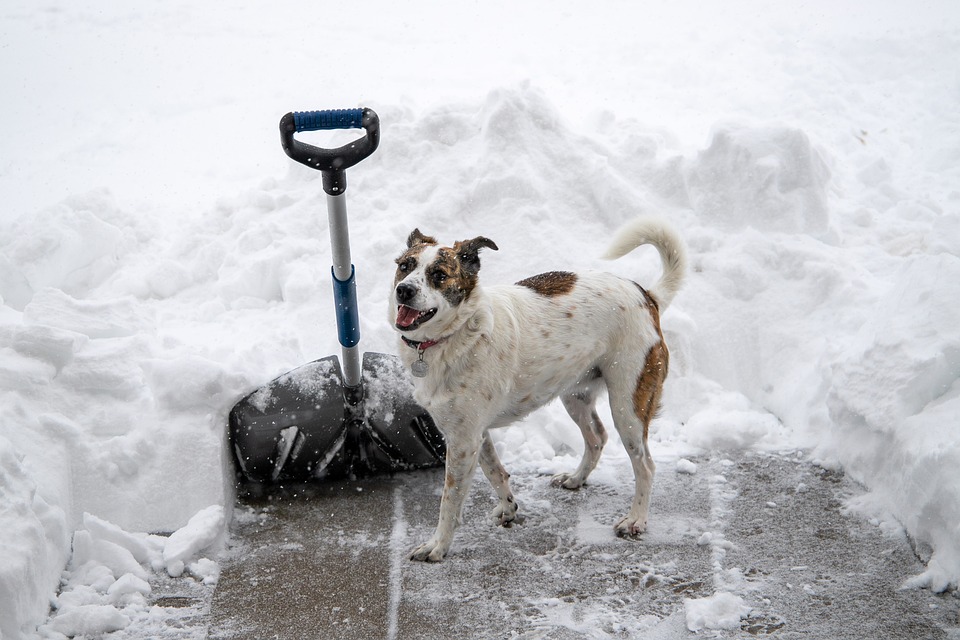Are you tired of the chaos that ensues every time you take your furry friend for a car ride? Does your dog bark excessively, jump around, or even become anxious during car trips? If so, it’s time to consider training sessions to teach your dog proper behavior during car rides. Not only will this make your journeys more enjoyable, but it will also ensure the safety of both you and your four-legged companion. In this article, we will explore effective training techniques and provide answers to some frequently asked questions about training dogs for car rides.
Why is training important?
Training your dog for car rides is crucial for several reasons. Firstly, it ensures the safety of everyone in the vehicle. Unruly behavior such as barking, jumping, or attempting to move around while driving can be distracting and may even lead to accidents. Secondly, it helps reduce your dog’s anxiety and stress levels, making car rides less overwhelming for them. Lastly, a well-behaved dog during car trips allows you to take your furry friend along on various adventures, providing them with much-needed mental stimulation and socialization.
Training Techniques for Proper Car Ride Behavior
1. Start with short, positive experiences: Begin by taking your dog on short car rides to familiarize them with the vehicle. Make the experience positive by offering treats, praising them, and providing their favorite toys.
2. Introduce the car gradually: Start by letting your dog explore the parked car without turning on the engine. Allow them to sniff around, sit in the car, and reward them for calm behavior.
3. Associate the car with positive experiences: Gradually associate the car with enjoyable activities, such as taking your dog to a park or offering them a special treat only inside the vehicle. This helps create positive associations with car rides.
4. Teach basic obedience commands: Before embarking on long car rides, ensure your dog understands basic obedience commands such as “sit,” “stay,” and “lie down.” This will help them maintain proper behavior during the journey.
5. Use a secure restraint system: Invest in a quality dog harness or crate that keeps your furry friend secure and prevents them from roaming around the vehicle. This ensures their safety and reduces distractions for the driver.
6. Desensitize your dog to car sounds: Play car engine sounds or recordings of car rides at a low volume initially and gradually increase the volume over time. This helps desensitize your dog to the noises associated with car rides.
7. Gradually increase ride durations: Once your dog is comfortable with short car rides, gradually increase the duration of the trips. Monitor their behavior and reward calmness and good manners throughout the journey.
FAQs
Q: How long does it take to train a dog for car rides?
A: The duration of training varies depending on the individual dog. Some dogs may respond quickly and show progress within a few weeks, while others may require several months of consistent training. Patience and consistency are key during the training process.
Q: Can I use sedatives or tranquilizers to calm my dog during car rides?
A: It is generally advised to avoid sedating or tranquilizing your dog for car rides unless specifically recommended by your veterinarian. Sedatives can affect their balance and coordination, potentially causing harm during travel.
Q: What if my dog experiences motion sickness during car rides?
A: If your dog suffers from motion sickness, consult with your veterinarian. They may recommend medication or suggest alternative methods to reduce their discomfort, such as feeding them a light meal a few hours before the journey or providing them with fresh air by cracking open a window.
Q: Can I train an older dog for car rides?
A: Absolutely! While puppies tend to adapt more quickly, older dogs can also be trained for car rides with patience and consistency. The training techniques mentioned above can be applied regardless of your dog’s age.
By investing time and effort into training your dog for car rides, you can transform chaotic journeys into peaceful and enjoyable experiences for both of you. Remember to be patient, reward good behavior, and prioritize your dog’s safety at all times. With the right training, your furry friend will become the perfect travel companion.









